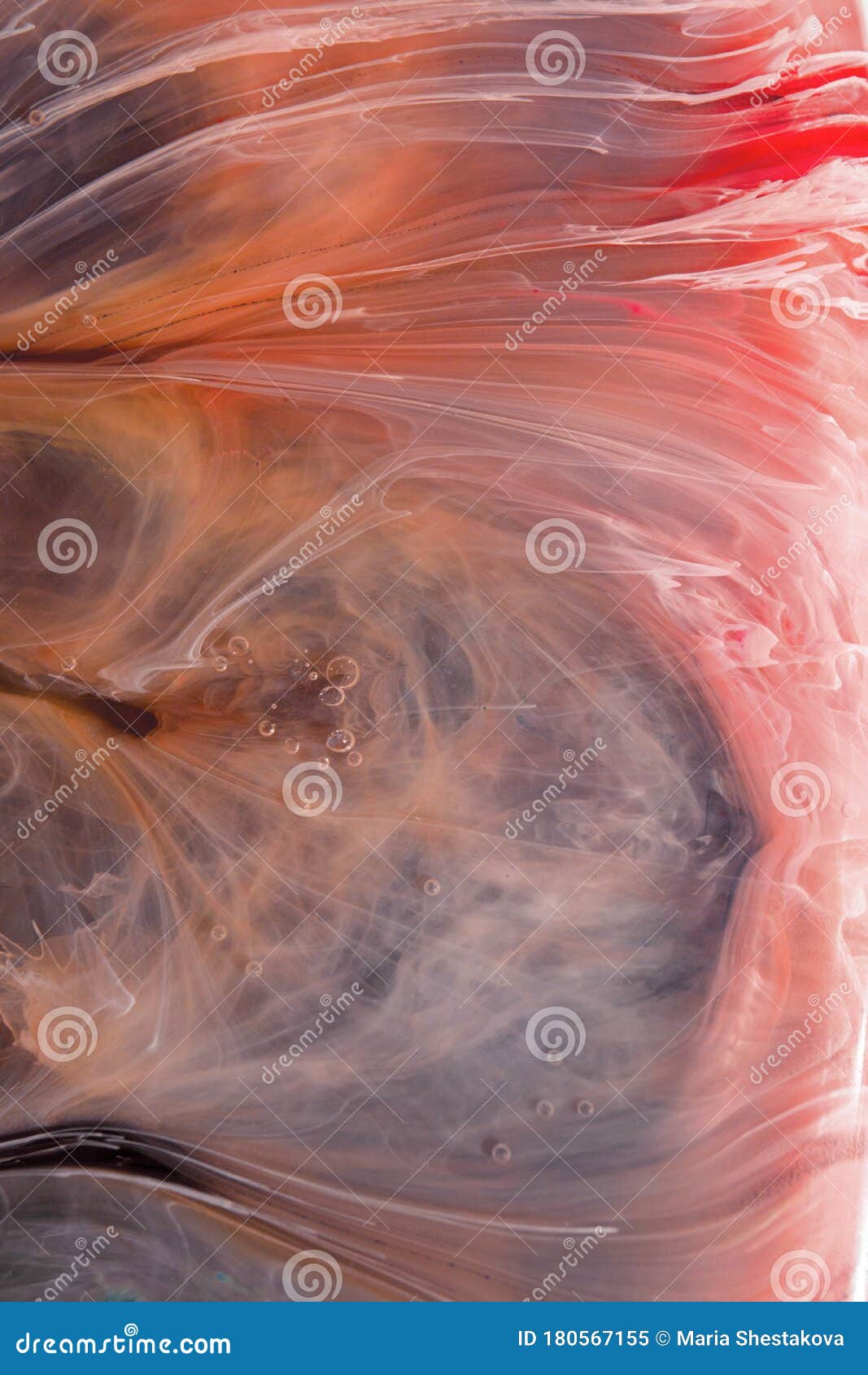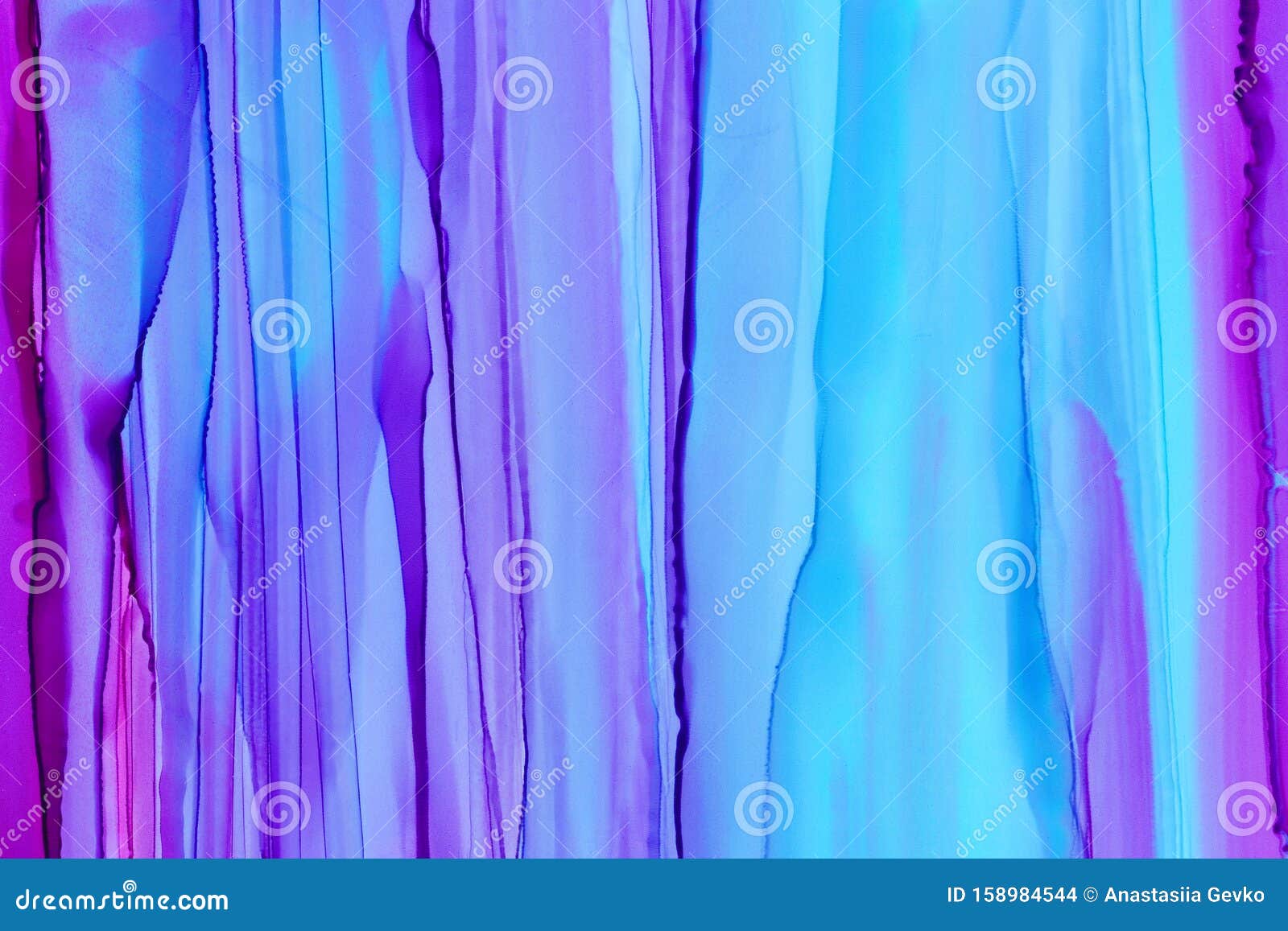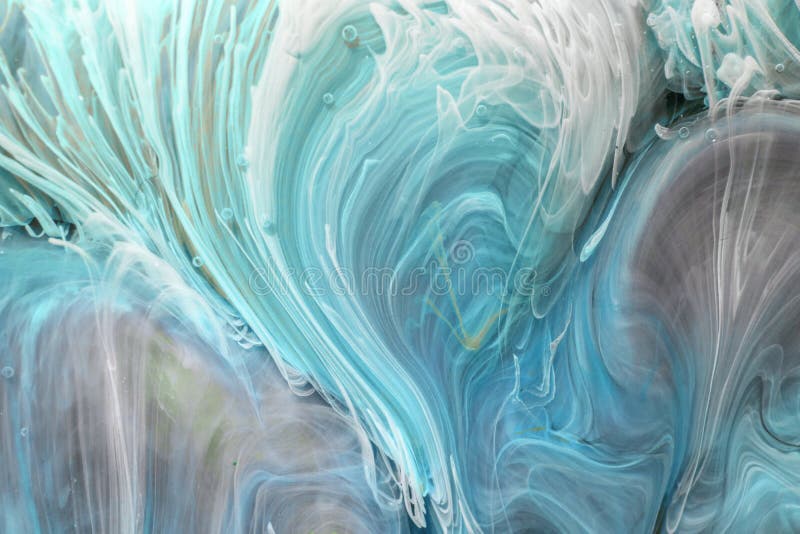

During this period he began to use the name Hokusai during his life, he would use more than 30 pseudonyms. In 1800, he published Famous Views of the Eastern Capital and Eight Views of Edo, and began to accept trainees. When Shunshō died in 1793, Hokusai studied Japanese and Chinese styles, as well as some Dutch and French paintings on his own. At eighteen, Hokusai was accepted as an apprentice to artist Katsukawa Shunshō, one of the greatest ukiyo-e artists of his time. At sixteen, he became an engraver's apprentice, which he remained for three years while also beginning to create his own illustrations. Hokusai began painting when he was six years old, and when he was twelve his father sent him to work in a bookstore. As Hokusai was never recognised as an heir, it is likely his mother was a concubine. He was the son of a shogun mirrormaker, and at the age of 14, he was named Tokitarō. Katsushika Hokusai was born in Katsushika, Japan, in 1760 in a district east of Edo. As printing was done by hand, printers were able to achieve effects impractical with machines, such as the blending or gradation of colours on the printing block. Artists rarely carved their own woodblocks production was divided between the artist, who designed the prints the carver, who cut the woodblocks the printer, who inked and pressed the woodblocks onto hand-made paper and the publisher who financed, promoted, and distributed the works. Some ukiyo-e artists specialized in creating paintings, but most works were prints. In the 1760s, the success of Suzuki Harunobu's "brocade prints" led to full-colour production becoming standard, with ten or more blocks used to create each print.


By the 1740s, artists such as Okumura Masanobu used multiple woodblocks to print areas of colour.

Colour prints were introduced gradually, and at first were only used for special commissions. The earliest ukiyo-e works, Hishikawa Moronobu's paintings and monochromatic prints of women, emerged in the 1670s. Printed or painted ukiyo-e works were popular with the chōnin class, who had become wealthy enough to afford to decorate their homes with them. The term ukiyo-e ( 浮世絵) translates as "picture of the floating world".Īfter Edo (now Tokyo) became the seat of the ruling Tokugawa shogunate in 1603, the chōnin class of merchants, craftsmen, and workers benefited most from the city's rapid economic growth, and began to indulge in and patronise the entertainment of kabuki theatre, geisha, and courtesans of the pleasure districts the term ukiyo ("floating world") came to describe this hedonistic lifestyle. Its artists produced woodblock prints and paintings of subjects including female beauties kabuki actors and sumo wrestlers scenes from history and folk tales travel scenes and landscapes Japanese flora and fauna and erotica. Ukiyo-e is a Japanese printmaking technique which flourished in the 17th through 19th centuries. It has influenced several notable artists and musicians, including Vincent van Gogh, Claude Debussy, Claude Monet, and Hiroshige. The Great Wave off Kanagawa has been described as "possibly the most reproduced image in the history of all art", as well as being a contender for the "most famous artwork in Japanese history". Several museums throughout the world hold copies of The Great Wave, many of which came from 19th-century private collections of Japanese prints. The composition of The Great Wave is a synthesis of traditional Japanese prints and use of graphical perspective developed in Europe, and earned him immediate success in Japan and later in Europe, where Hokusai's art inspired works by the Impressionists.
Paint brushes in a colorful wave series#
The print is Hokusai's best-known work and the first in his series Thirty-six Views of Mount Fuji, in which the use of Prussian blue revolutionized Japanese prints. The print depicts three boats moving through a storm-tossed sea, with a large wave forming a spiral in the centre and Mount Fuji visible in the background. 'Under the Wave off Kanagawa') is a woodblock print by Japanese ukiyo-e artist Hokusai, created in late 1831 during the Edo period of Japanese history. The Great Wave off Kanagawa ( Japanese: 神奈川沖浪裏, Hepburn: Kanagawa-oki Nami Ura, lit.


 0 kommentar(er)
0 kommentar(er)
